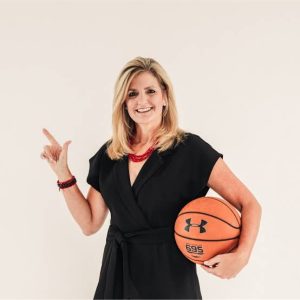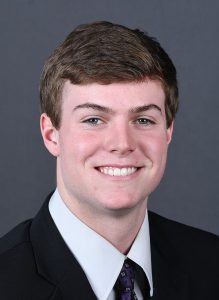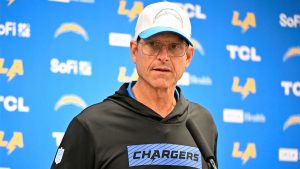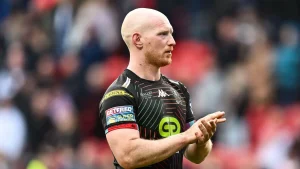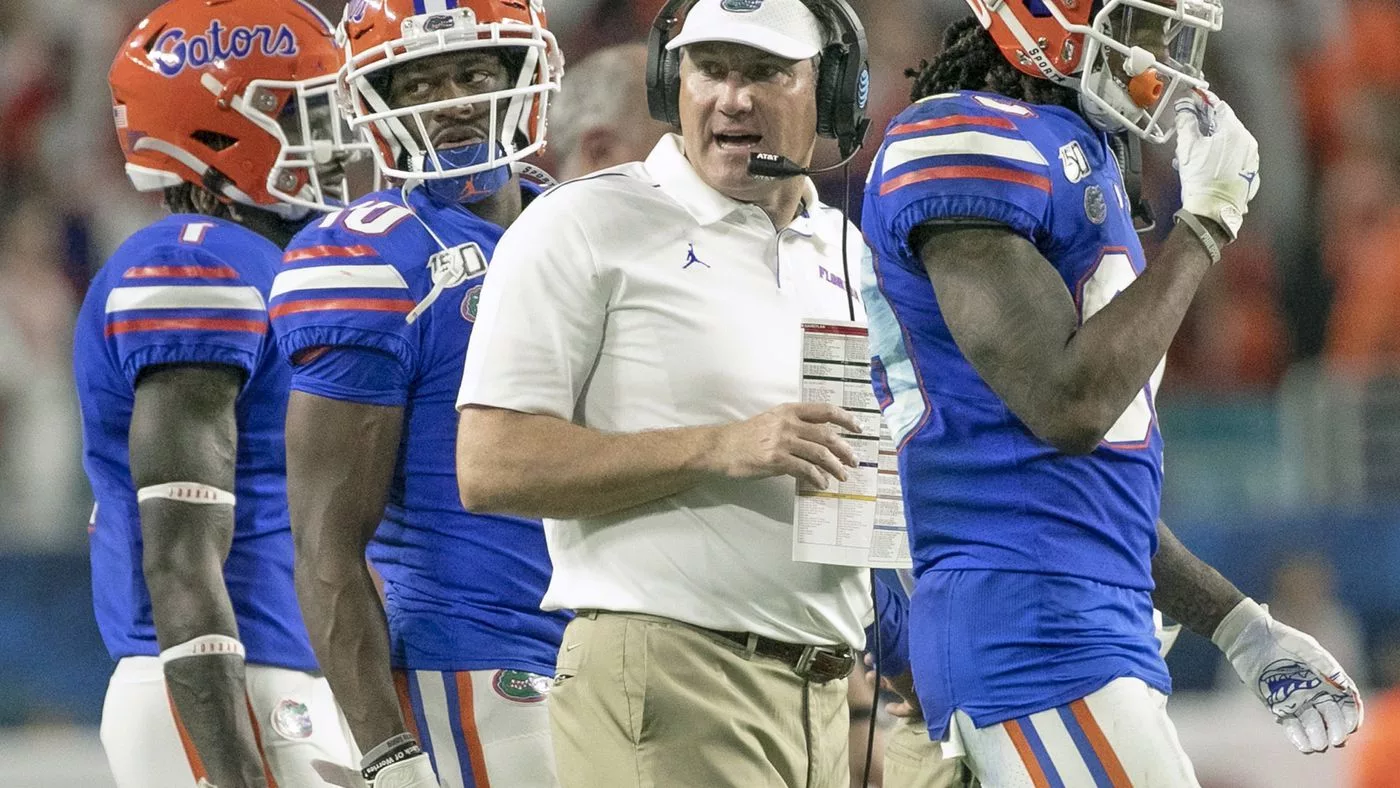
Share this article
These 4 Florida football players changed position for 2024
/cdn.vox-cdn.com/uploads/chorus_asset/file/20044200/1211126783.jpg.jpg)
The Florida Gators will have a lot of changes ahead of them in both the on- and off-field areas come college football season. There are a lot of changes that need to be made after their third consecutive losing season.
Four players from the team’s 2024 roster are among them; they will have new responsibilities in the upcoming season. Before an upcoming season, it is actually not unusual for a player on the Florida football team to move up the roster.
Kelby Collins: EDGE to Defensive Lineman
Here is a look at four student-athletes who have changed their ways on the field in an effort to improve the program overall and raise their profile among their gridiron counterparts.
Redshirt junior Caleb Banks and senior Joey Slackman, who arrived through the transfer portal, will join Collins at defensive end. Collins was named Freshman All-SEC last year while playing as an edge defender.
Gerald Chatman, the new position coach, will be in charge of Collins in the hopes that he will offer much-needed depth at the position. Gavin Hill, who went to the offensive side of the ball this offseason, must be replaced.
Aaron Gates: Cornerback to Strong Safety
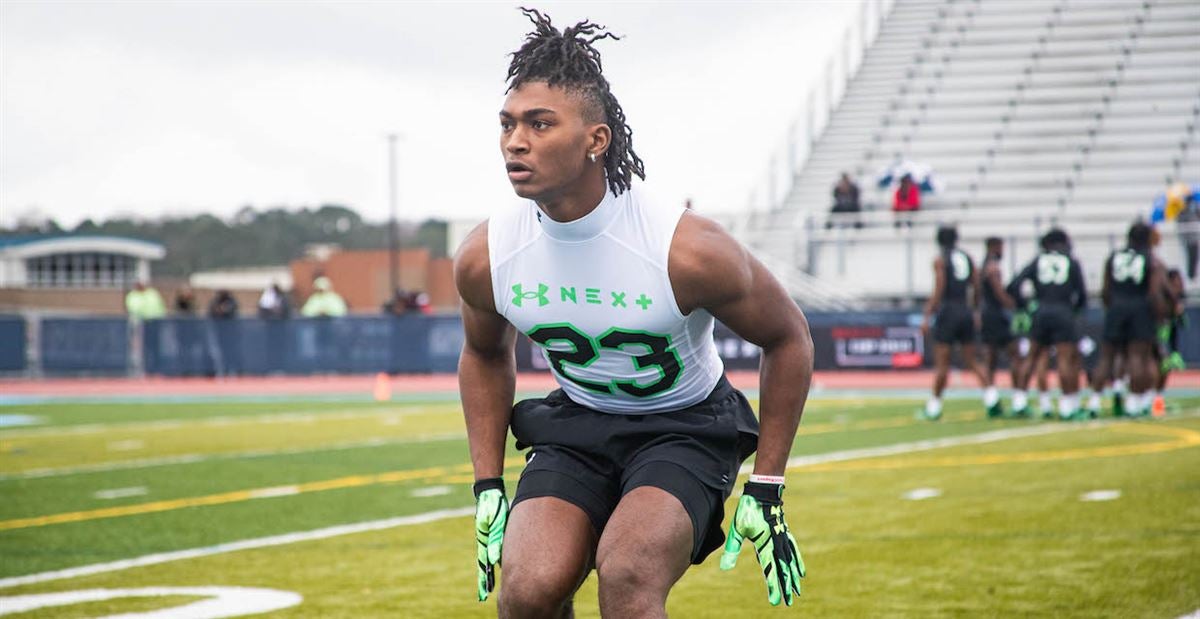
Moving from outside the defensive backfield to the interior at strong safety in 2024, the redshirt freshman cornerback will make a small transition on the field. He redshirted last fall since he only appeared in four special teams games.
On October 14, Gates made his debut against South Carolina. He secured the win by intercepting a lateral on the game’s last play and thwarting a two-point conversion.
Ja’Markis Weston: Wide Receiver to EDGE

From an offensive skills position to the demanding grind of the defensive front line, the redshirt senior is making a major change. The Clewiston, Florida, graduate has spent most of his five years in Gainesville on special teams since he has not gelled with the wide receivers corps, and his brief stint in the defensive secondary was lackluster.
He has caught six passes for 81 yards and a score in 39 games during his career as a pass-catcher. In addition, he collected some stats as a punt and kick returner and seven defensive tackles (six solo, one assisted).
Gavin Hill: EDGE to Tight End
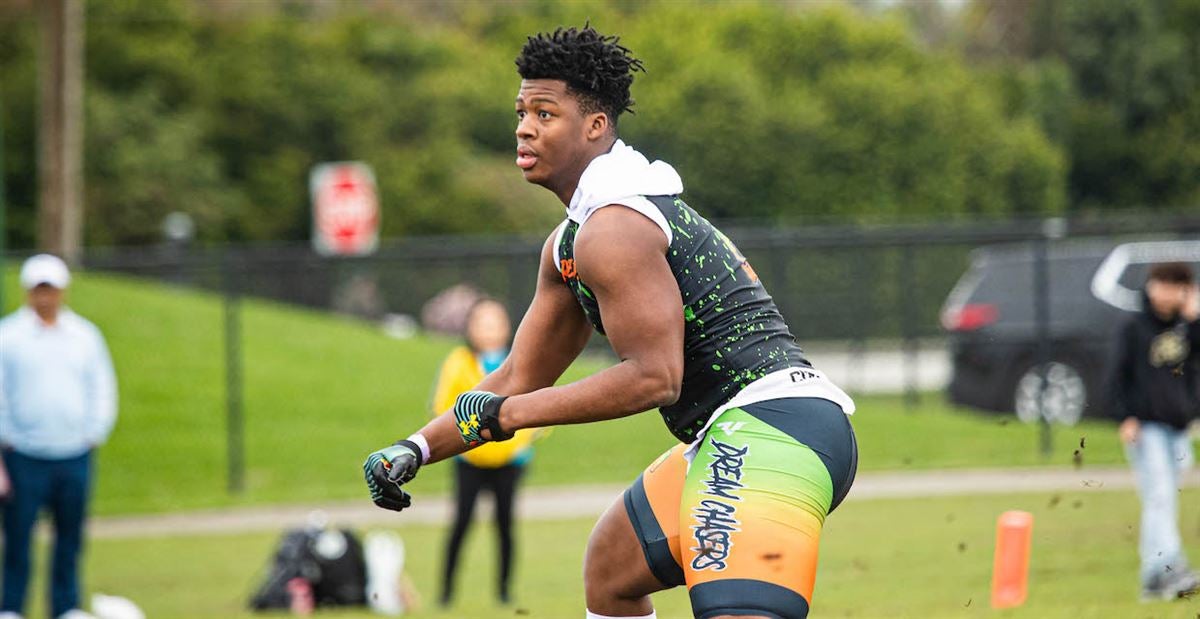
The tight end corps, which also includes senior scholarship player Keon Zipperer, sophomores Arlis Boardingham, Hayden Hansen, and Tony Livingston, and true freshman Amir Jackson, has reportedly already begun working out with Hill, according to Swamp247.
Though he played defensive end much of his career as a two-way player for the Bobcats, the Gainesville native saw little change in his role; as a freshman, he did manage 10 catches for 84 yards and two scores in seven varsity games.
Read more
The two factors driving the NCAA’s crisis point
The NCAA is experiencing an organizational and identity crisis. While its new president is out there discussing the creation of a new subdivision where schools can pay players directly, its enforcement division is also out there attempting to enforce NIL regulations that prohibit pay-for-play. A mixture of amateurism dead-enders and reformers make up the workforce, and as outside pressure grows, the contrasts are starting to show in public.
The NCAA’s current state and the reasons it reached its breaking point can be attributed to two facts:
Football is incredibly popular in America, but the NFL’s age restriction isn’t going away.
Limiting competition outside of the playing field is necessary in an effort to maintain fairness within the confines of sports.
If you are able to absorb the consequences of those, everything becomes evident.
In America, football is king, and the NFL has an age restriction for good reason. Comparing pictures of actual rookie players to those who are a few years into their professional careers reveals the most evident. It is physically impossible to have 18-year-olds compete against this.
There is also the cerebral component of the game, even if the NFL did decide to accept the few early-blooming underclassmen who appear as though they had been working at a steel mill for ten years. Many people who have little knowledge of the sport think that football players are just dumb jocks. But learning the entire game takes a lot of time due to its extreme complexity.
Furthermore, even if it’s a cliché, it’s true that the game picks up speed as one advances. The NFL is far faster than college, and college is far faster than high school. You are losing if you are thinking. To develop instincts to the point that a player can react without purposefully going through a mental decision tree requires years of practice.
Football’s brutal physical component is absent from baseball, but the mental dynamic remains the same. Because hitting major league pitching is so difficult, as is putting pitches beyond major league hitting while keeping in the strike zone, the minor leagues will always exist. Before a player is ready to succeed in the majors, they may need to spend years getting experience in the minors.
Therefore, a football developmental league will always have a place to fill in between high school and the professional ranks. For as long as there has been a gap, colleges have filled it, therefore the NFL has no need to try to fill it. Potential prospects can use it as a free trial run without worrying about legal repercussions. It is ideal for them.
College football has become a billion-dollar industry with billion-dollar TV deals and eight- or nine-figure coaching contracts because to the love of football among Americans. Due to the enormous amount of money, it is now worthwhile for former players and government representatives to file a lawsuit to overturn some of the laws that have previously controlled the flow of monies.
The official purpose of the NCAA rules is to maintain the fairness of competition. It has never been successful, and nobody thinks Ohio University and Ohio State play on an even playing field. However, the current rules are designed to make it easier for everyone to act as though they are.
This is the significance of the second truth mentioned before. If one were to try to increase rivalry on the field, one would have to limit competition off it; otherwise, the wealthiest programs would just keep spending their way to greater success than they currently enjoy. To see how that occurs, look at international soccer. The problem is that the legislation is more concerned with off-field matters than it is with on-field competition.
Recent NIL laws around the nation are primarily composed of sections that prohibit college and occasionally high school players’ names, likenesses, and likenesses from being used for financial gain by organizations. The NCAA had little choice but to comply, so it issued regulations like the one prohibiting utilizing NIL as a recruiting tactic inducement.
Currently, the prohibition against utilizing NIL in recruiting is being contested by the attorneys general of Virginia and Tennessee. Also, the federal judge presiding over the case stated earlier this week that the AGs are probably going to prevail. This comes only a few months after the NCAA’s regulation mandating players to sit out a year following their second college transfer was temporarily halted by a different federal judge considering a separate case.
The important thing to remember is that any restriction the NCAA imposes on players that has nothing to do with the specifics of how sports are played can be challenged in court. It has been mentioned a few times that even the idea of years of eligibility may not be lawful. Why shouldn’t someone be able to continue participating in athletics throughout the entire twelve years of college if they are able to locate enough degree programs? Furthermore, why should losing years of eligibility preclude a person from playing in a different sport once they have spent time in one?
Because professional sports leagues collectively bargain with players unions, they are able to implement policies like age restrictions, drafts, and wage caps. Although collegiate players aren’t now regarded as employees, collective bargaining will become possible if this barrier is removed. The NCAA’s managing schools must draft the regulations so that athletes will consent to them in a CBA if they hope to reduce the transfer free-for-all or prevent NIL from serving as a recruiting inducement.
It’s important to understand that the decisions made in the NCAA’s recent string of legal setbacks essentially suggest that all amateurism and transfer regulations have always been unlawful. The NCAA was not even founded for sixteen years before the Sherman Antitrust Act. It has only been lately that there have been enough challenges to the rules to get some of them removed from the books. Not all of these rules have been eliminated yet, but they are all still there and just waiting to be taken advantage of because courts frequently make decisions that are highly specific to the facts of a particular case.
The amount of money involved in college football has led to an increase in the frequency of those legal challenges in recent years. The nation’s love of football along with the NFL’s perfectly reasonable decision to allow colleges to manage a minor league for them at no cost placed a big red target on the NCAA regulations.
However, the national legal system is indifferent to the number of five-star recruits Georgia signs in excess of Georgia State or the margin of victory Texas has over North Texas. However, it is concerned about trade restrictions that were not accepted by all parties.
And that’s how we arrived to our current position. Everything feels very much shaky, that much is true. The only genuine question is whether Baker and the presidents of the universities that employed him are prepared to make proactive changes before the backlog of court cases overwhelms them.


